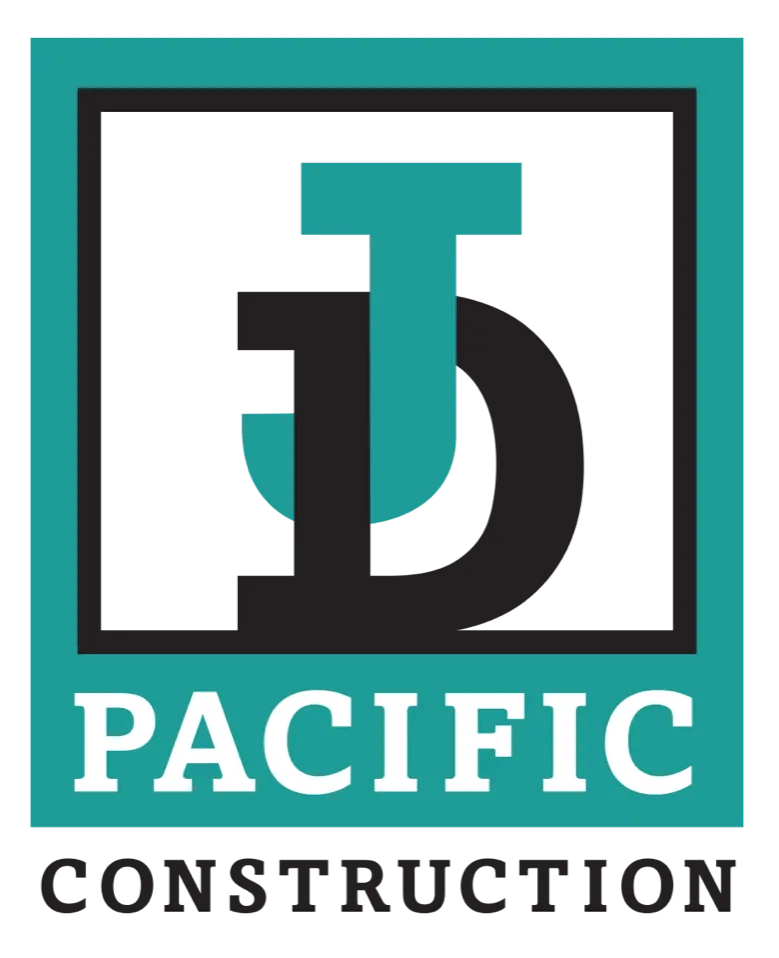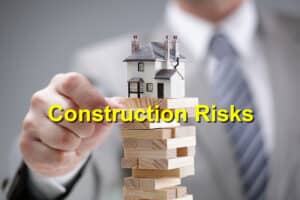Healthcare isn’t just about treatments and technology—it’s also about the spaces in which care is delivered. In 2025, the design and construction of medical facilities are playing a more critical role than ever in supporting better health outcomes, improving efficiency, and enhancing the patient experience.
Whether it’s a state-of-the-art hospital or a local urgent care clinic, the way healthcare buildings are planned and built can directly impact how care is provided. Here’s how thoughtful medical construction projects are reshaping healthcare delivery today and into the future.
1. Patient-Centered Design Enhances Comfort and Outcomes
Modern medical construction prioritizes the patient experience. Gone are the cold, sterile environments of the past. New facilities are designed to be welcoming, calming, and functional.
Features that support patient-centered care:
- Natural lighting and warm color palettes
- Private patient rooms to reduce infection and stress
- Family-centered spaces for visitors and caregivers
- Noise-reducing materials and layouts
These elements can reduce anxiety, promote healing, and even shorten hospital stays, all while making care more humane and accessible.
2. Streamlined Layouts Improve Operational Efficiency
Efficient facility design can drastically reduce wait times, travel distances for staff, and bottlenecks in patient flow. Thoughtful layouts ensure that healthcare teams can work faster and smarter.
Strategies used:
- Centralized nurse stations with 360° visibility
- Zoning to separate public, clinical, and support areas
- Efficient vertical and horizontal circulation
- Proximity of diagnostic and treatment spaces
Smart planning during construction translates into better day-to-day operations and more time for providers to focus on patients.
3. Integration of Cutting-Edge Technology
Medical facilities are incorporating technology into their construction from the ground up. This integration allows for seamless upgrades, more accurate diagnostics, and greater patient convenience.
Examples:
- Telemedicine suites with built-in audiovisual infrastructure
- Smart systems for lighting, HVAC, and access control
- Real-time location systems (RTLS) for equipment and staff
- Digital check-in kiosks and patient tracking
By embedding tech into the structure, healthcare providers can deliver care that’s not only high-quality but also future-ready.
4. Sustainable Design Supports Health and the Environment
Green building practices are becoming essential in healthcare construction. They reduce operational costs, conserve resources, and promote healthier indoor environments.
Common sustainable features:
- Energy-efficient HVAC and lighting systems
- Low-VOC materials to improve indoor air quality
- Green roofs and natural landscaping
- On-site renewable energy sources like solar panels
Not only do these practices benefit the environment, but they also align with healthcare’s broader mission of promoting health and well-being.
5. Flexibility for Future Growth and Changing Needs
Medical buildings need to evolve with healthcare trends—whether that means expanding a surgical wing or adapting for a new infectious disease protocol.
Key flexible design elements:
- Modular walls and systems for easy reconfiguration
- Universal patient rooms that can handle various levels of care
- Shell space built for future expansions
- Infrastructure designed for evolving tech and equipment
Flexibility ensures that the facility remains functional and relevant for years to come.
6. Infection Control Through Smart Building Practices
Construction plays a vital role in preventing the spread of infections, especially in high-risk environments like hospitals and surgical centers.
Construction features for infection control:
- Negative-pressure rooms for airborne isolation
- Hands-free door openers and faucets
- Antimicrobial surfaces and flooring
- Separate pathways for staff, patients, and materials
These design features support public health while protecting patients and staff from cross-contamination.
7. Enhanced Staff Workflow and Well-Being
Medical construction doesn’t just benefit patients—it also supports the teams who deliver care. Staff-focused design can reduce fatigue, boost morale, and even improve retention.
Staff-centered improvements:
- Dedicated break rooms with natural light and quiet zones
- Efficient storage and supply access
- Decentralized workstations to improve collaboration
- Safe and ergonomic design in surgical and treatment areas
Happy, well-supported healthcare workers can provide better care—making these investments critical for long-term success.
8. Access and Equity Considerations
Designing healthcare facilities with accessibility and equity in mind helps ensure care is available to everyone in the community.
Examples:
- ADA-compliant exam rooms and patient amenities
- Multilingual signage and digital check-in options
- Community-based clinics in underserved areas
- Inclusive design that supports mental health and disability needs
These considerations help close gaps in care and create a more equitable healthcare system.
Conclusion
In 2025, medical construction is about much more than bricks and mortar. It’s about designing environments that empower caregivers, soothe patients, and adapt to the ever-changing landscape of healthcare. By focusing on flexibility, efficiency, sustainability, and patient-centered design, new and renovated healthcare facilities can actively improve the delivery of care.
As the demands on our healthcare systems grow, construction that meets these challenges head-on is not just a trend—it’s a necessity for building a healthier future for all.
References: Ace Plaisance, RIB Software




